Spiritual Growth Platform
The merger of Ho Chi Minh City with Ba Ria - Vung Tau and Binh Duong provinces opens up many expectations for the development of cultural industries as well as the preservation and further promotion of heritage values worthy of a leading new megacity in the South.
Ms. Le Tu Cam, President of the Ho Chi Minh City Cultural Heritage Association, shared that since 1975, many experts in the fields of culture and history have thought and agreed with the idea of bringing Con Dao district to Ho Chi Minh City, to pass on and continue the sacred values of this land. Because Ho Chi Minh City, the leading urban area in the South, will have many advantages in promoting the precious historical values of this historical relic. Currently, Con Dao special zone has become a part of Ho Chi Minh City - a large-scale and dynamic megacity in the country, experts expect the heroic values of the sacred historical land of the nation to be promoted better than ever.
Ms. Le Tu Cam expressed: “I used to be a political prisoner in Con Dao, this land our generation still calls “the altar of the Fatherland”. For a long time, many opinions have wished for Con Dao district to belong to Ho Chi Minh City, the central urban area of the South, to do a better job of preserving and promoting the heritage and historical values of a place where every step is a heroic and tragic story. Now this wish has come true, many expectations for the sacred values in Con Dao to be promoted, touching each person more deeply”.
In addition, the formation of new megacities is assessed by experts in the cultural field to contribute to improving spiritual life, meeting people's needs for enjoying cultural values... The core of this issue is believed to come from the strong formation of industrial life, where the standard of living is improved, people begin to pay attention to spiritual values.
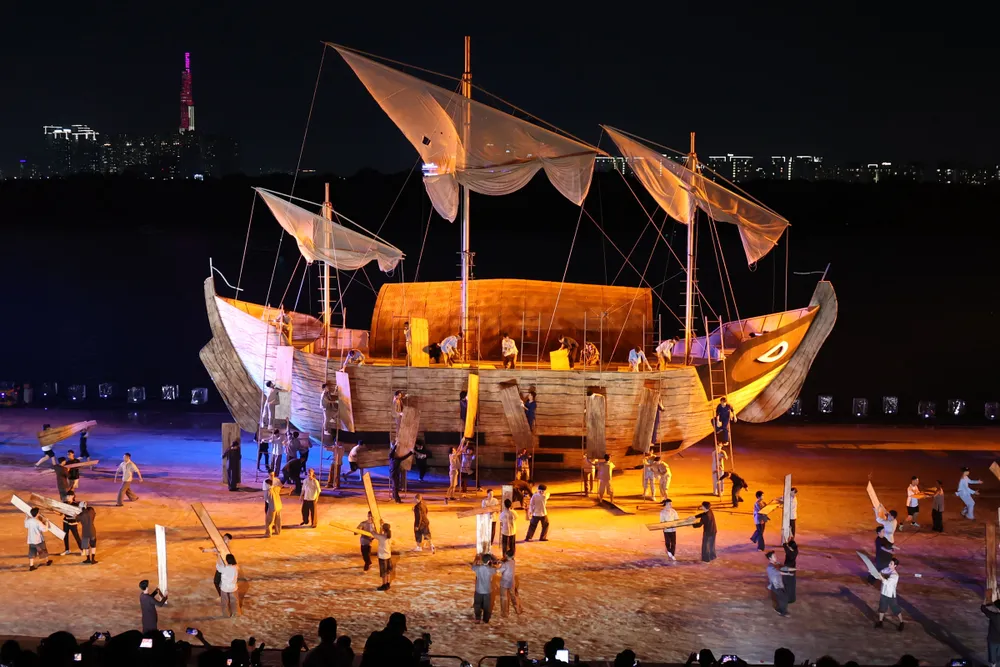
“This merger will create great advantages for economic and social development and, in line with the development flow of the new megacity, will certainly form a developed industrial urban life. When the standard of living is improved, it will encourage people to pay attention to enjoying culture and form the habit of learning about cultural heritage values. Many developed Western countries such as France, Germany... that I have been to, their museum institutions are very developed. Each area of life always leaves a certain heritage value, so they build enough museums from vehicles, clocks, industrial machinery to culture, history, art... for the domestic public to learn and exploit international tourism", Ms. Le Tu Cam analyzed.
It can be seen that the problem of economic growth and specific contributions to the city's overall GDP is easy to see through reality and statistics, but the foundation of spiritual and cultural growth is still a potential value. Once oriented and developed appropriately, it will be the foundation and driving force for the overall development cycle.
Potential for developing eco-tourism and spiritual tourism
From the new urban area of Ho Chi Minh City after the merger, folk beliefs have been expanded, continuing a spiritual life of diverse cultural colors of the people. Typically, the Nghinh Ong Festival of Can Gio district (National intangible cultural heritage since 2013) will be connected with the Nghinh Ong Festival of Thang Tam communal house (Vung Tau, selected by the General Department of Tourism as one of the 15 major festivals of the country).
Or the festival of the Thien Hau Thanh Mau Temple (commonly known as Ba Temple) attracts hundreds of thousands of visitors at the beginning of the new year. Tourist attractions such as Tran Van Ho ancient house, Tran Cong Vang ancient house, Hoi Khanh pagoda, Tuong Binh Hiep lacquer craft village... The ancient pagodas, communal houses, and houses contain many architectural, artistic, historical, and cultural values, and are places for people to return to traditional values in the midst of modern life.
From the river of the opening time
The merger of Ho Chi Minh City can be seen more clearly from the Saigon River, a continuous flow, winding through the heart of the city. Mr. Nguyen Kim Toan, Director of Saigon Water Bus Company, shared: “The identifying feature of the Saigon River is its many strong curves and meanders. If viewed from above when merging 3 provinces and cities, the Saigon River flows through all 3 places strongly, which we can associate with the image of a dragon stretching out. The megacity of Ho Chi Minh City almost completely embraces the Saigon River, from here we can open up many directions for traffic and tourism development on the river that has been the origin of the urban formation since our ancestors opened up the land to the South”.
From the Saigon River, the Soai Rap River branch, Hiep Phuoc Port, where the high-speed boat departs, connecting Con Dao Special Zone is closer to Ben Nha Rong - where Uncle Ho boarded the ship to find a way to save the country in 1911. Travel companies in Ho Chi Minh City will now extend and make Con Dao a destination in the long-standing tourist route along with Ben Nha Rong, Cu Chi tunnels... to renew and improve the quality of tourist routes serving domestic and foreign visitors. This stepping stone is also a practical motivation for the income of Con Dao people to have a significant improvement in the coming time.
With the Saigon River, many waterway tourism routes in the inner city open up attractive and unique local cultural experiences for tourists. From Bach Dang wharf, tourists can go to Thu Dau Mot ward, combining road travel to historical and cultural sites such as Phu Long communal house, Tran Van Ho ancient house, Ba Binh Duong pagoda, Minh Long Ceramic Company... as if closer to visitors from afar. In addition to these locations, the waterway tourism route can also be combined with Tuong Binh Hiep Lacquer Village, Lai Thieu Pottery Village (both located on the Saigon River basin) to create attractive river cultural tours in the near future.
Exploiting rich and diverse heritage capital
The merger of Ho Chi Minh City with Ba Ria - Vung Tau and Binh Duong provinces has contributed to the rich heritage collection of the new Ho Chi Minh City megacity, such as the ancient artillery site of Vung Tau and the collection of artifacts salvaged from shipwrecks. Notably, the collection from the shipwreck in Hon Cau (Con Dao) in 1990, with 68,000 artifacts, most of which are ceramics and porcelain (white glaze, blue-green glaze...) produced in famous Chinese kilns. According to experts, this merchant ship departed from a port in southern China (during the reign of Emperor Kangxi of the Qing Dynasty), and was on its way to Europe when it was sunk by a storm at a depth of 40m, more than 300 years ago.
The museum system will have the Minh Long High-class Ceramic Museum, which preserves documents and artifacts about the ceramic craft for more than 300 years associated with the migration of Chinese people to reclaim the Southeast region. Mr. Ly Ngoc Minh (founder and owner of Minh Long Company) shared: "I hope that the next generation of ceramic craftsmen will bring Western learning and inherit the Eastern cultural traditions to maintain the passion, and will continue the brilliant development journey of the ceramic craft, not only enriching the company but also the homeland and country".
In addition, a new direction for preserving traditional craft villages has also begun to be positive in reality. Previously, due to the urbanization process, Ho Chi Minh City had limited land and conditions for planning craft villages, typically the bronze casting craft of An Hoi (Go Vap). With the formation of a new megacity, many heritage researchers believe that the city will have more opportunities to preserve and reproduce traditional craft villages such as bronze casting, ceramics, etc., planned into clusters of traditional craft villages, next to industrial parks. This not only preserves and promotes traditional crafts, but also contributes to the formation of diversity in social life.
Source: https://www.sggp.org.vn/hop-luu-di-san-va-ban-sac-do-thi-post802218.html



![[Photo] Red flag with yellow star flutters in France on National Day September 2](https://vphoto.vietnam.vn/thumb/1200x675/vietnam/resource/IMAGE/2025/8/28/f6fc12215220488bb859230b86b9cc12)
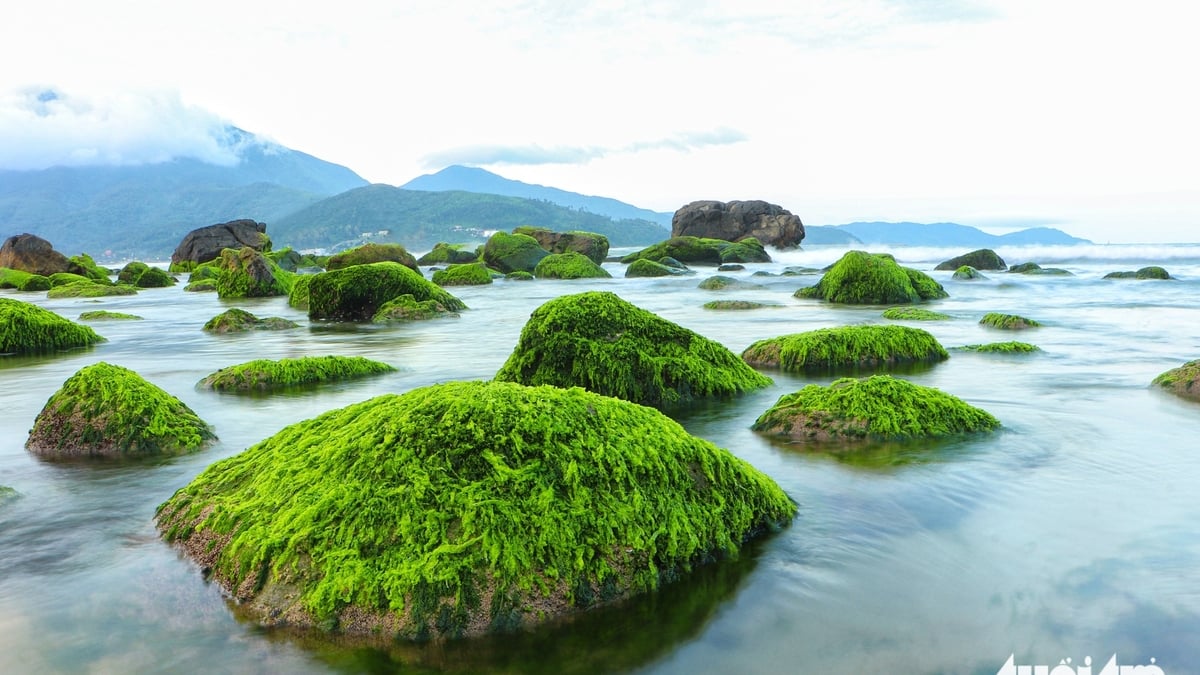
![[Photo] National Assembly Chairman Tran Thanh Man holds talks with New Zealand Parliament Chairman](https://vphoto.vietnam.vn/thumb/1200x675/vietnam/resource/IMAGE/2025/8/28/c90fcbe09a1d4a028b7623ae366b741d)
![[Photo] General Secretary To Lam attends the opening ceremony of the National Achievements Exhibition](https://vphoto.vietnam.vn/thumb/1200x675/vietnam/resource/IMAGE/2025/8/28/d371751d37634474bb3d91c6f701be7f)
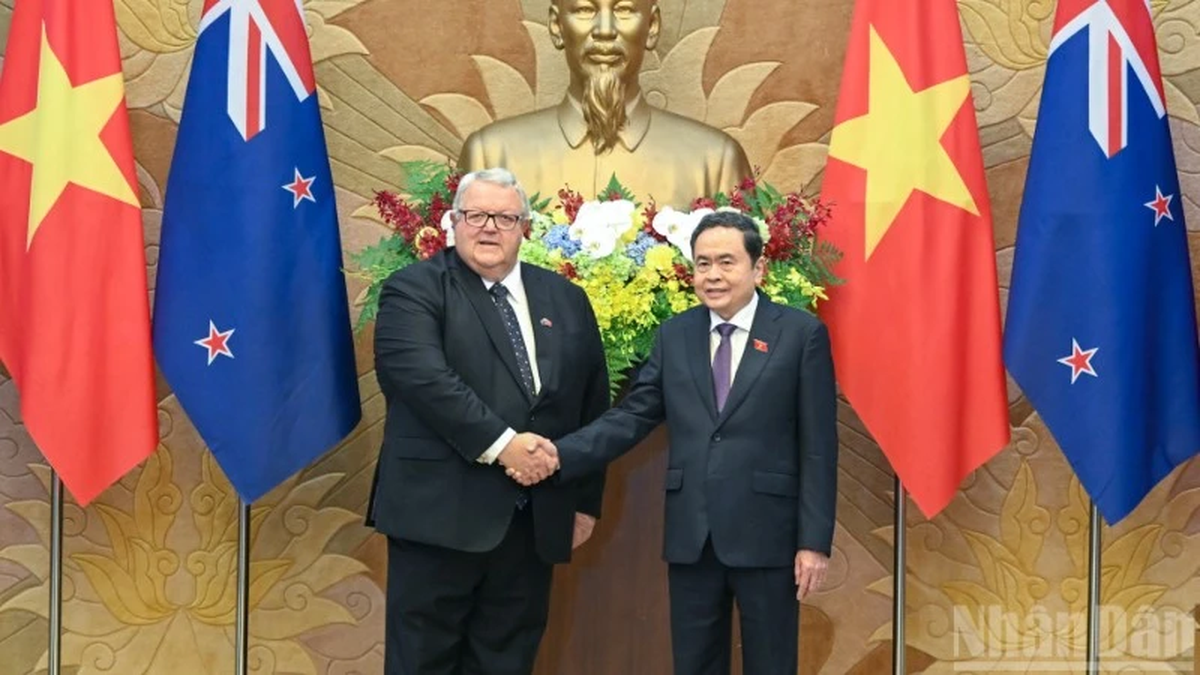
![[Photo] Politburo works with the Standing Committee of Cao Bang Provincial Party Committee and Hue City Party Committee](https://vphoto.vietnam.vn/thumb/1200x675/vietnam/resource/IMAGE/2025/8/28/fee8a847b1ff45188749eb0299c512b2)


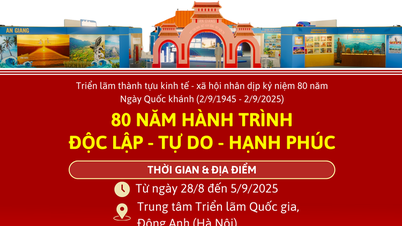

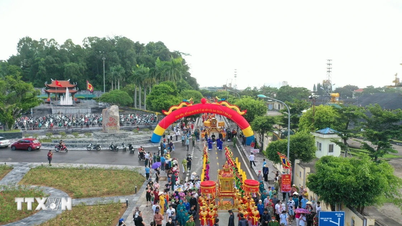



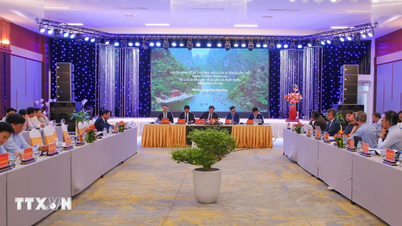
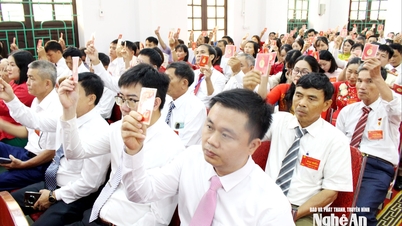

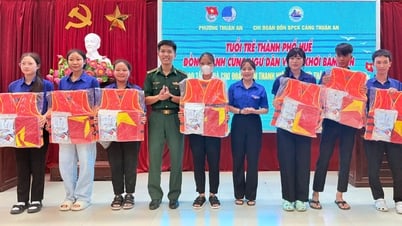

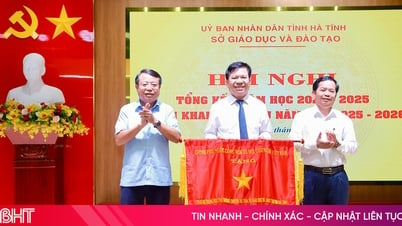

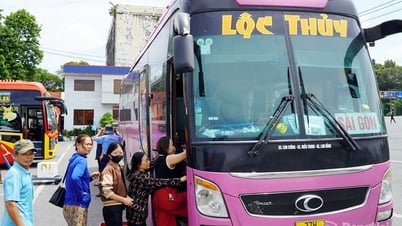

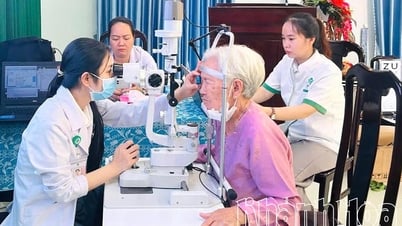

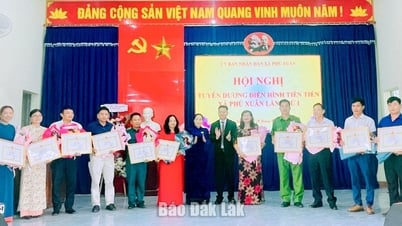







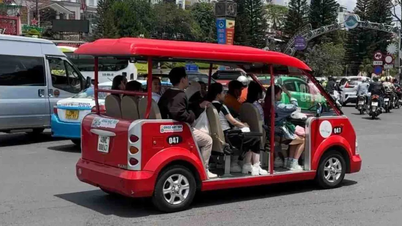
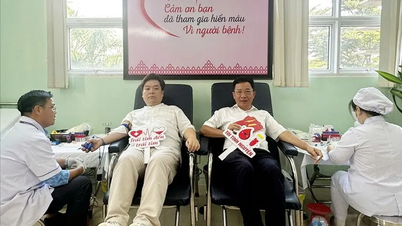
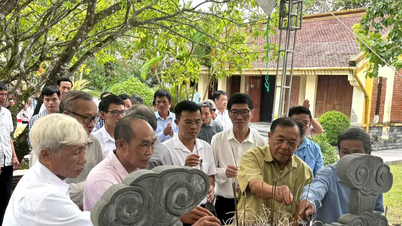
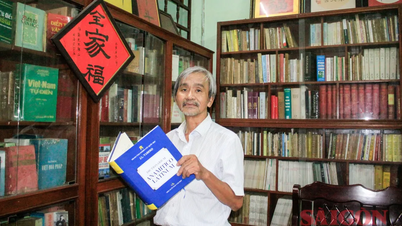
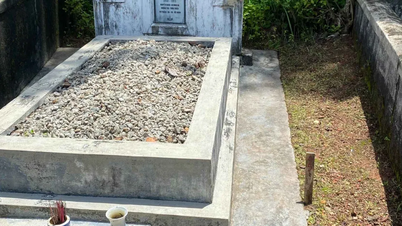
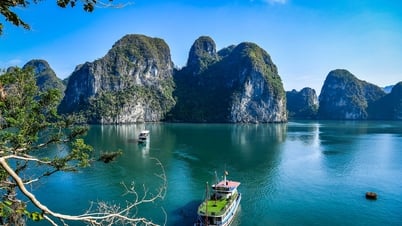

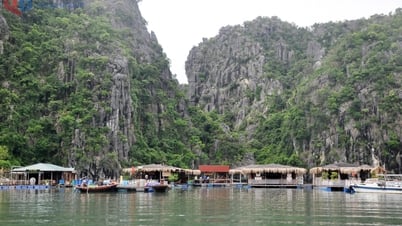

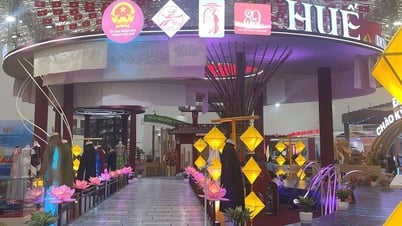

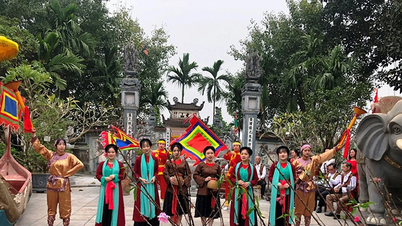
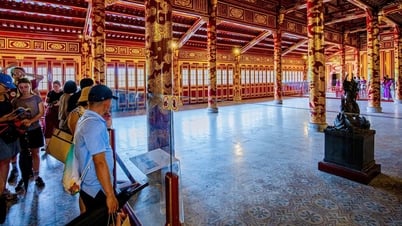

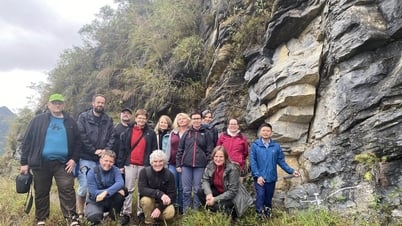

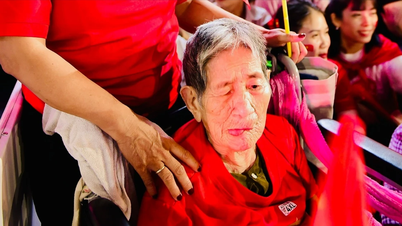

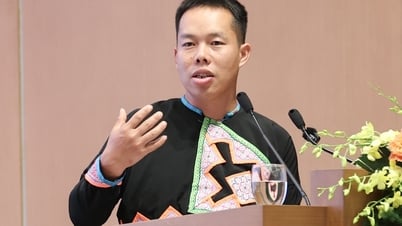

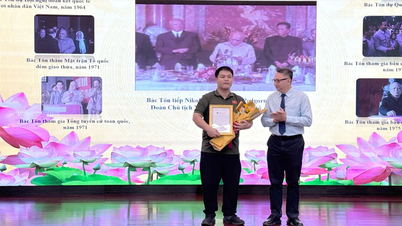
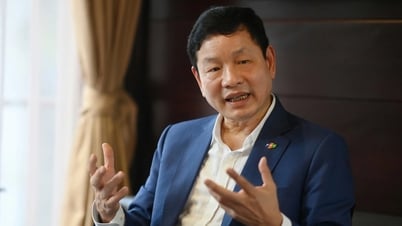


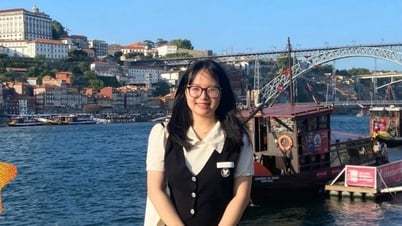
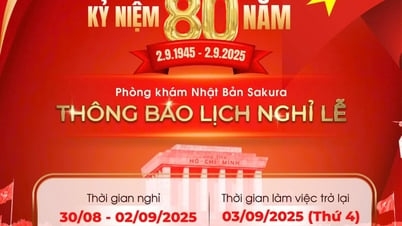

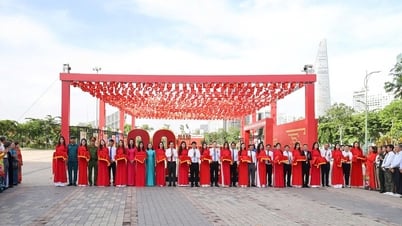
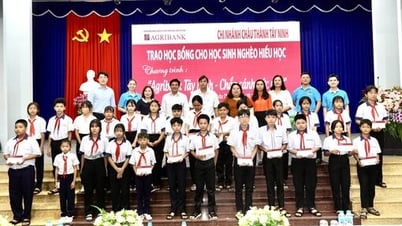



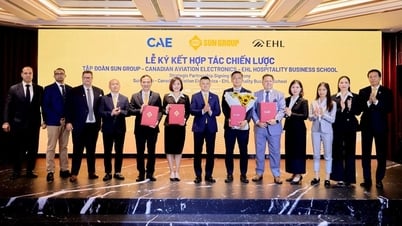
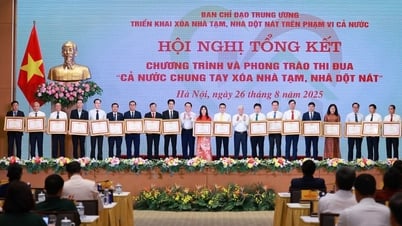










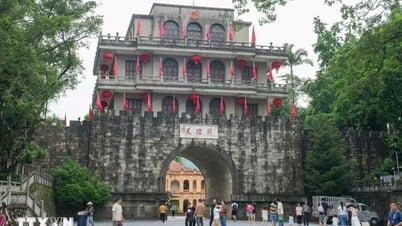


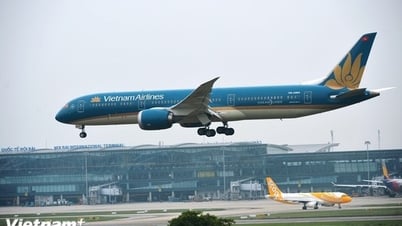
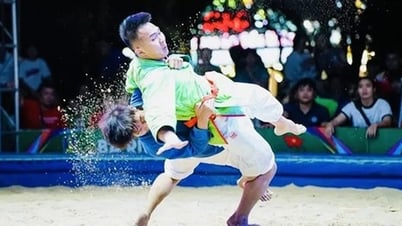
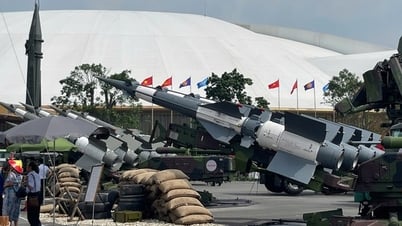
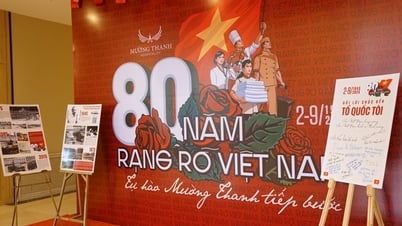
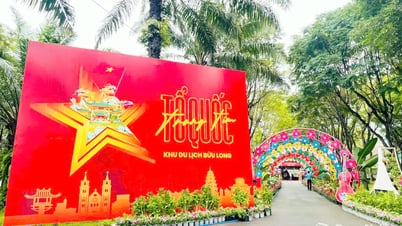
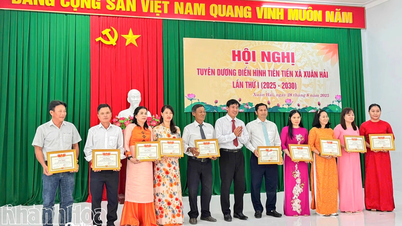
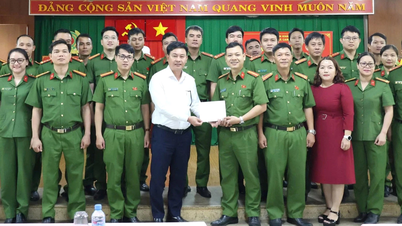


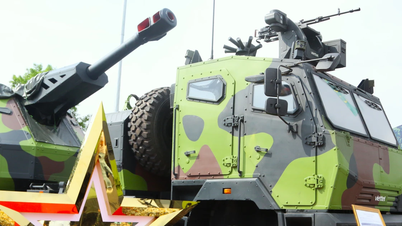

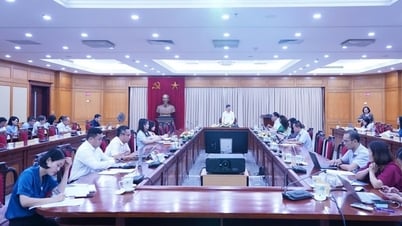


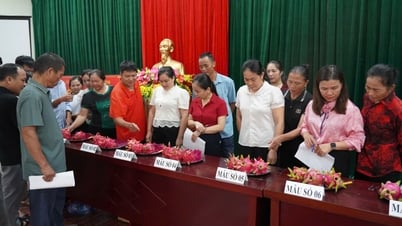

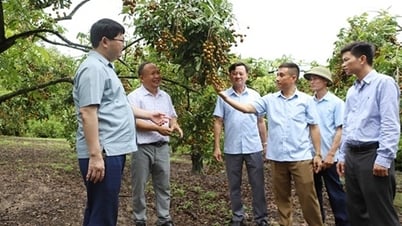


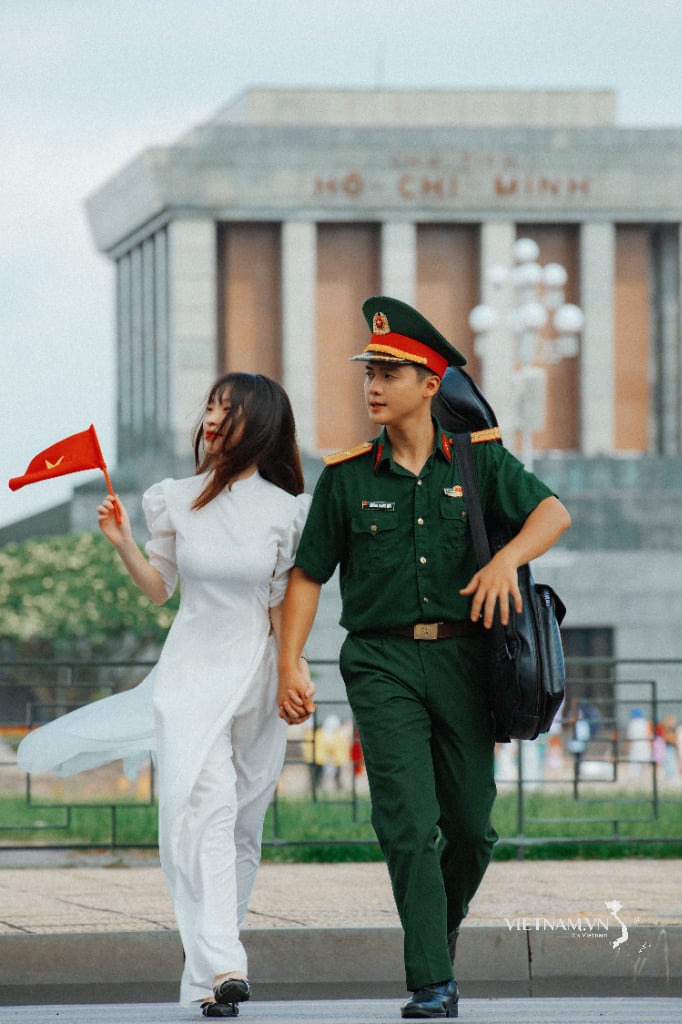



Comment (0)